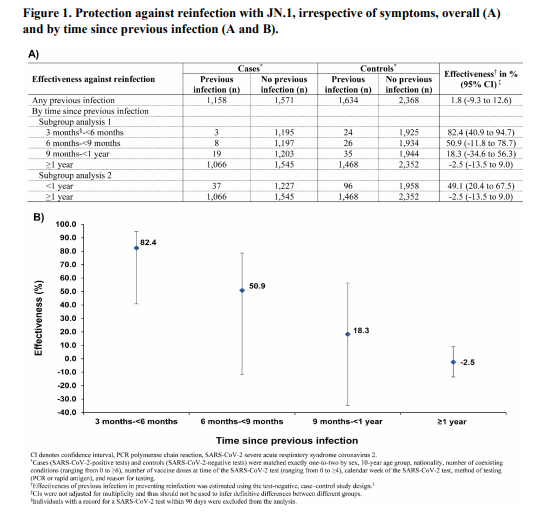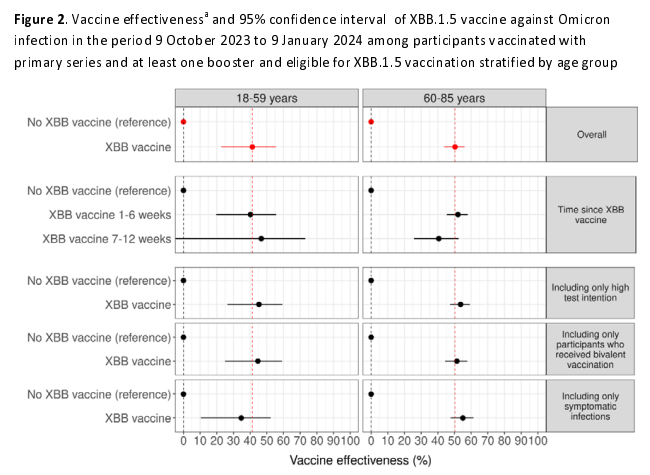1) If we want to generate difficult viral escape mutants in the lab (e.g. for epitope mapping), we subject the virus to low antibody pressure and then slowly move up. A little bit like after one vaccine dose. I think it would be good to give the second dose as soon as possible.
2) I don't know if 12 weeks is going to be a huge issue, but that time frame should be minimized as much as possible. Also, there are good reasons for giving the second dose. It is likely that the second dose is needed to generate long lived and strong immunity.
3) But it will likely also drive affinity maturation of antibodies. This will make the antibodies stronger, and potentially will allow them to better cope with new variants.
4) It also depends on how much virus is circulating. If virus circulation is low, the 12 week window might not be a big problem. But if virus circulation is sky high (like right now in the UK), it is not a good idea. My 2 cents.
• • •
Missing some Tweet in this thread? You can try to
force a refresh












